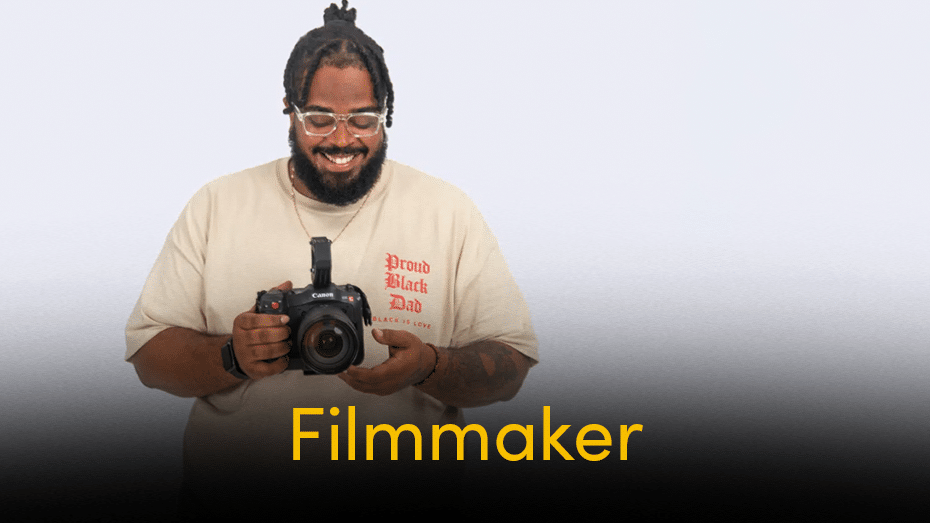Video content has stolen the marketing spotlight. From cinematic brand narratives to compelling social content that engages viewers, video content has never been more in demand, and this trend shows no sign of slowing down. With 91% of marketers using video in 2023, digital video advertising spend is expected to reach $120 billion in 2024. Video also remains the biggest ROI opportunity for marketers to date, making it an amazing avenue for brands to capture new audiences.

Rather than plowing forward with ineffective video production techniques and tools, today’s brands can join forces with some of the latest production tools and trends. These tools are critical, because the name of the video production game is not quantity, but quality. If your brand is struggling to balance the amount of video content it produces with top-notch production quality standards, take a deep breath. You’re in the right place, and (spark) is here to help you make sense of it all.
The Video Production Conundrum: How to Stand Out in the Best Ways
Once upon a time, video content was created and distributed solely by large brands. Fast-forward to 2024, when any smartphone user can both consume and produce videos from the comfort of their device. Social feeds like TikTok and Instagram, along with video platforms like YouTube, are inundated with low-quality videos with irrelevant or unengaging messaging. Sadly, a portion of modern brands fall into this category as well. So how can your brand avoid common video production pitfalls and stand out from the digital crowd? By following two simple strategies.
- Create relevant, educational content. Keep in mind that consumers crave video content that educates, informs, and entertains, often all at once. The most successful branded videos fall into the broader categories of product demonstrations, customer testimonials, and recorded Q&A sessions. If your brand can dig into the problems and concerns of its target audience and use video content to address pain points in a clear, relevant manner, you’re well on your way to stopping the dreaded social scroll and instead, connecting with your potential customers.
- Utilize digital software systems. Developing sustainable, relatable video content is an incredibly complex task, but it doesn’t have to be overwhelming. By introducing video production software into your brand’s creative process, you can increase the quality of your content and the efficiency of your team substantially.
Are you curious about how these new (or new-to-you) video production platforms and software systems could elevate your brand’s video production capabilities? Let’s take a closer look at the available video creation tools to see which options would integrate seamlessly into your creative team’s workflow.
New Video Production Software: How Small & Large Brands Can Benefit
Advanced technology has paved the way for new video production tools, which is fantastic news for brands of any size that need to generate high-quality video on a wide variety of marketing budgets. Best of all, these new tools have put high-quality video within reach of even smaller brands, so there’s never been a better time to invest your marketing budget in the format.
As a professional production agency, (spark) continually tests new video tools to see which programs might offer the most benefit to our clients. Rather than keep our knowledge to ourselves, we decided to share the wealth! We sat down with (spark) Filmmaker Danny Hayden and Senior Animator David Carrero to get their exclusive POV on the future of video production, as well as to discuss their favorite video production tools.
Adobe Premiere Pro: Auto-Transcription
(spark)’s Danny Hayden first walked us through the process of building a brand narrative or video that involves multiple interviews, such as a Q&A video. He noted the importance of building the story first before beginning the editing process and how effective the Adobe Premiere Pro platform is at automatically transcribing audio content.
According to Danny, “That helps tremendously because our creative team, along with the client, can use the transcripts to help craft the story before we go into edit. Whereas traditionally, we’d have to sit and watch the entire video to try to find those soundbites. Auto-Transcribe really streamlines the whole process.”
Adobe Premiere Pro: AI Audio Adjustments
Another vital step in video production is the audio adjustment process, which is when the editing team needs to remove background noise, raise or lower the background music, or adjust the audio to make it sound like the on-screen actors are in a bigger or smaller space.
With Adobe Premiere Pro, brands can easily make these audio adjustments – and get support from AI. Danny points out the fact that this software has made great strides in recent years, enabling marketers to make quicker video adjustments within a less labor-intensive time frame.
Adobe After Effects: Motion Graphics Tools + Reference Frames
Modern brands can take advantage of Adobe After Effects tools to elevate their motion graphics, particularly by utilizing the Roto Brush tool. Roto Brush not only allows users to select objects within a frame as frame-by-frame components, but it will also adjust to follow them.
The (spark) team uses Adobe After Effects to elevate their video production game much in the same way that other creatives would use Photoshop to enhance static images. The video platform allows our team to cut frame elements out and replace them with content-aware fill. This is an extremely helpful and time-saving tool for any brand that’s looking to improve their video production quality.
Danny also noted that Adobe After Effects can be used in tandem with Photoshop to streamline his workflow: “I can also create a reference frame in Photoshop and import it back into After Effects, and it will use that manual adjustment as a reference.” This tool is incredibly powerful, producing results that outpace previous versions of this software from only five years prior. Rather than export every single frame of a 30-second video clip at 30 frames per second – a total of 900 frames – Adobe After Effects now enables a much faster turnaround.
DaVinci Resolve: In-House Color Grading
The DaVinci Resolve platform is perfectly designed for high-quality commercial work. It offers more tools and capabilities than programs like Adobe Premiere Pro and allows users to push the image, get it as strong as possible, and make highly specific selections.
Senior Animator David Carrero speaks strongly in favor of the DaVinci Resolve capabilities, which allows the (spark) team to do their own color grading and color adjustments. According to David, “It’s allowed us to bring color grading in-house for most projects, and that’s been a huge cost and time-savings benefit to our clients.”
Capture One: Real-Time Editing
Capture One is a photo editing software that allows users to tether photos from a camera into the actual screen of a laptop. As the camera takes photos, they are uploaded one by one onto the laptop, where they can be adjusted on the fly.
Rather than the added step of using a program like Lightroom to make photo adjustments, Capture One streamlines the process, making it an ideal choice for brands that want to see how images will look post-edit while they’re still at a photo shoot.
Topaz Video AI: Upscaling Video Quality
Another wildly helpful tool in the video production space is Topaz Video AI, which intakes standard-definition videos, analyzes them, and spits them back out in a much higher resolution or with higher frames. This tool could help brands of all sizes, but particularly smaller brands with smaller production budgets, to generate high-quality video without the expense of a full-scale video shoot.
Topaz Video AI is so powerful that it can take a low-quality 1080p video and turn it into a high-resolution 4K product. Though the platform does require a large amount of time to complete this transformation, it can be a tremendous asset to clients on projects that would have otherwise been impossible to complete.
Partner With (spark) To Level-Up Your Video Production
As you can see, (spark) works to test and incorporate many advanced and AI-powered video tools to streamline workflow, enhance quality, and create cost-efficiencies for our clients. Rather than settle for low-quality video content, brands can now put these modern tools and technologies to good use and create high-quality, professional-grade videos.
Does your brand need a refreshed video production strategy or an elevated bank of video content to pull from? Let the experts at (spark) join your team! Our innovative group of creators is ready and excited to help your brand challenge the status quo and generate truly captivating video content that will resonate with audiences across your digital ecosystem.




